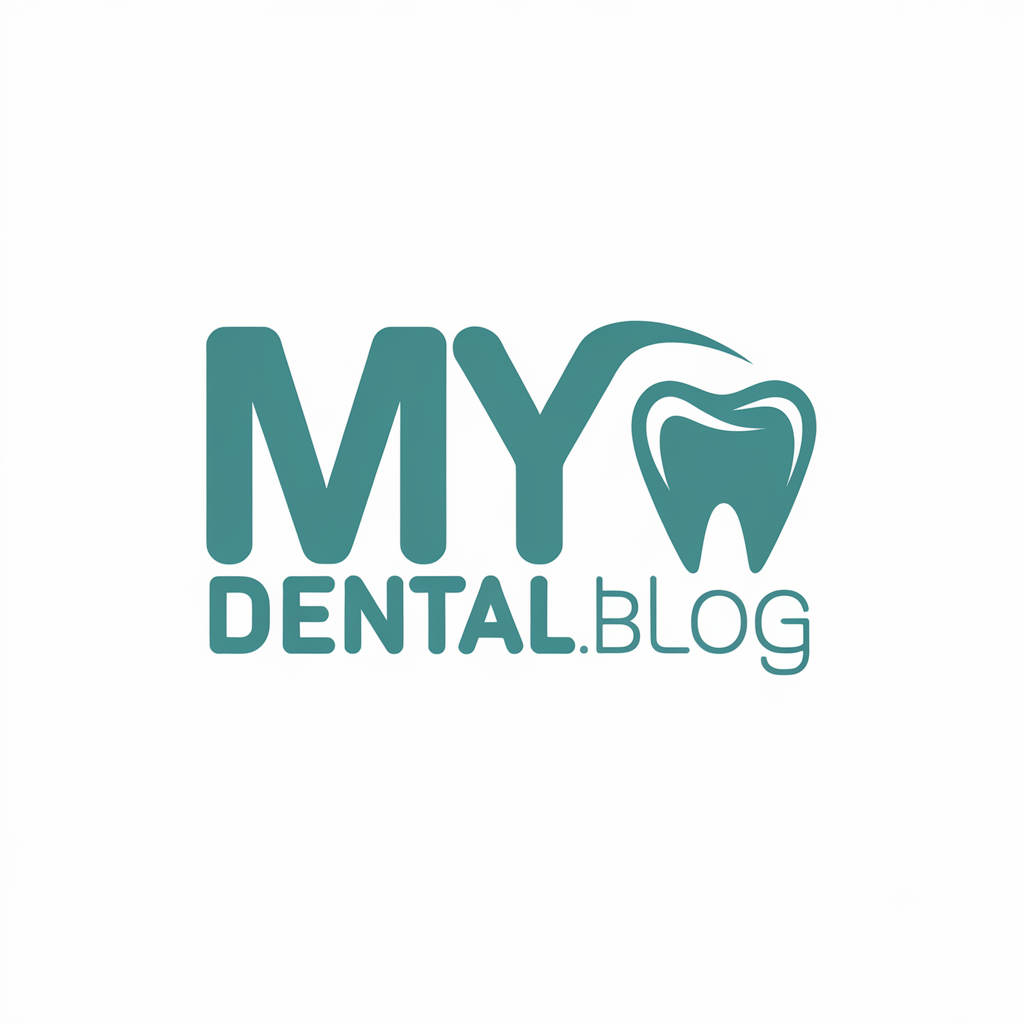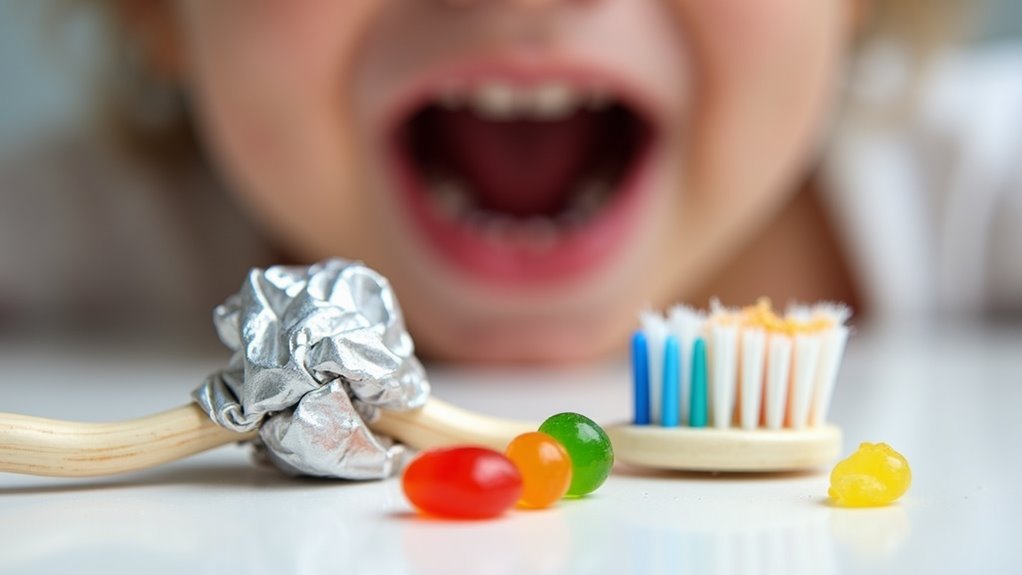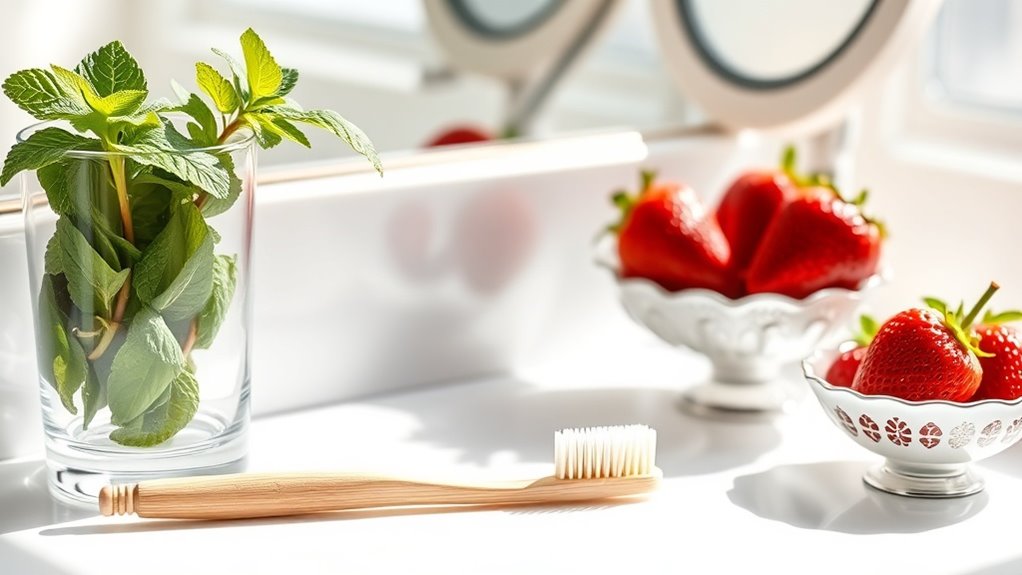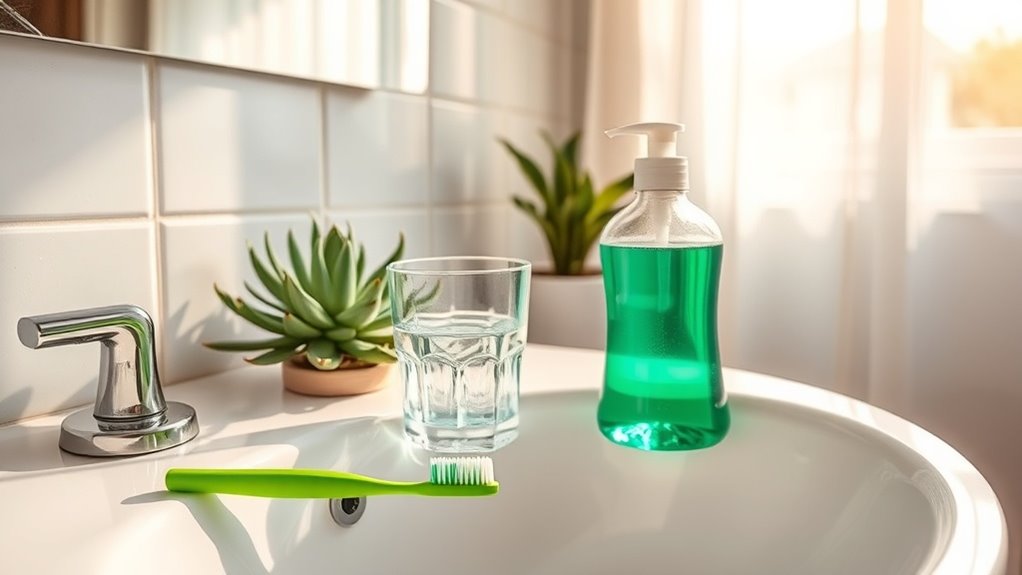Why Your Child’s Teeth Are Decaying (Even If They Brush Daily!)
You’ve been diligent about your child’s tooth brushing routine, yet cavities keep appearing at dental check-ups. It’s frustrating and confusing – but you’re not alone. While daily brushing is crucial, several hidden factors could be sabotaging your child’s dental health right under your nose. From seemingly innocent snacks to surprising environmental influences, the real culprits behind tooth decay aren’t always obvious. Let’s uncover what’s really threatening your child’s smile.
Common Hidden Culprits Behind Your Child’s Tooth Decay
Your child’s seemingly healthy snacks might be the hidden enemies. Dried fruits stick to teeth longer than fresh ones, while “natural” fruit juices can be as damaging as sodas. Even sugar-free beverages often contain acid that erodes enamel. Another surprising culprit is timing – constant snacking prevents saliva from neutralizing acids between meals. Medicine can also play a role. Many children’s medications contain hidden sugars, while some antibiotics and asthma treatments reduce protective saliva production. Environmental factors matter too – sharing utensils can transfer decay-causing bacteria from parent to child. Even genetic factors influence enamel strength and saliva composition. The key is understanding these hidden contributors to craft a more comprehensive approach to your child’s dental health. Additionally, sugary sodas can promote harmful bacteria and plaque buildup, exacerbating tooth decay.
The Science of Proper Brushing: What Most Parents Miss
While identifying hidden cavity causes is important, mastering proper brushing technique forms the foundation of children’s oral health. Most parents don’t realize that brushing isn’t just about time spent – it’s about strategic methodology and targeted pressure points.
Your child’s toothbrush should be angled at 45 degrees toward the gumline, using gentle circular motions rather than aggressive back-and-forth strokes. Each quadrant of the mouth needs focused attention: outer surfaces, inner surfaces, and chewing surfaces. You’ll want to guide your child to brush systematically, starting from the same spot each time to ensure no area is missed.
The often-overlooked step is proper tongue cleaning, which harbors bacteria that can migrate to teeth. Additionally, many parents don’t realize that rinsing immediately after brushing reduces fluoride contact time. Instead, have your child spit excess toothpaste without rinsing, allowing the protective ingredients to continue working. Regularly emphasizing the importance of timing in their brushing routine can help reinforce these best practices and improve their oral health.
Beyond the Toothbrush: Environmental and Genetic Factors
Although daily brushing habits play a crucial role in cavity prevention, factors beyond your control can significantly impact your child’s dental health.
Recent research shows that genetic variations affect tooth enamel strength, saliva composition, and bacterial colonization patterns in your child’s mouth.
Environmental elements also shape your child’s dental destiny. The pH level of your local water supply, exposure to secondhand smoke, and even air pollution can influence tooth mineralization.
Living in areas with naturally high fluoride levels provides extra protection, while residing in regions with acidic water may accelerate enamel erosion.
Your child’s microbiome – inherited partly from you – determines how effectively they process different foods and resist cavity-causing bacteria.
New studies reveal that certain genetic markers can predict cavity susceptibility, allowing for personalized prevention strategies. Additionally, maintaining good oral hygiene is essential for reducing the risk of dental issues and promoting overall health.
Understanding these factors helps you adapt your child’s dental care routine to counteract their unique biological and environmental challenges.





